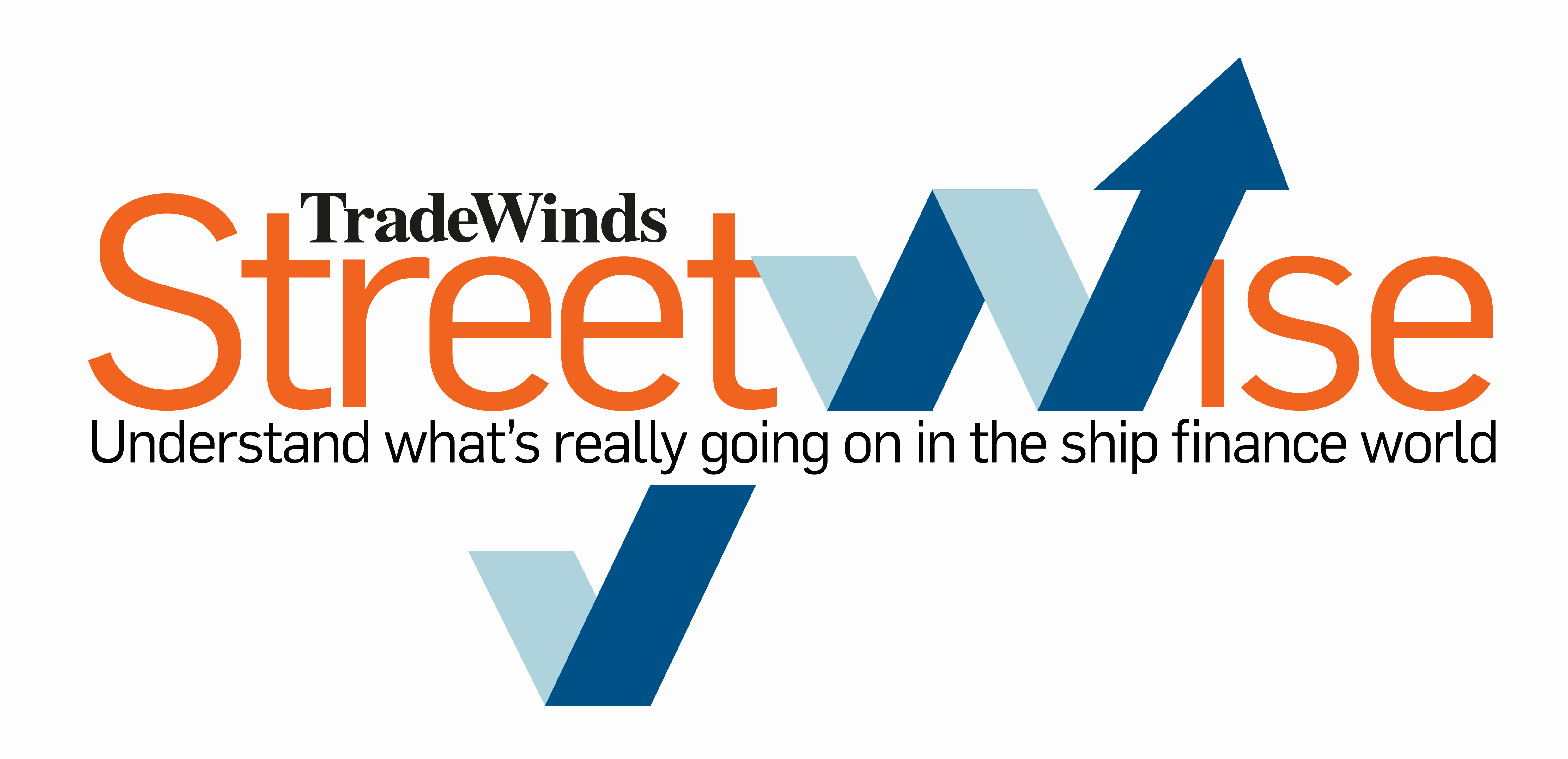Danish researchers Soren Roschmann and Anders Liengaard have long been picking apart data related to the operating performance of publicly listed dry bulk shipowners to gauge their performance against Baltic Exchange indices.
But with the growing focus on shipping’s ability to comply with mandated reductions in carbon emissions, the researchers have added a twist to their annual survey: a separate ranking of the same fleets by efficiency in accordance with the International Maritime Organization’s Carbon Intensity Indicator (CII) regulations.
“Since we were already doing the analysis on daily earnings and crunching the numbers, we thought it made good sense now — with so much focus on emissions — to see if we could make a ranking for how efficient are the individual fleets,” Liengaard said in a recent interview.
And just like in the operating performance tables, there are winners and losers to report across the 23 public fleets surveyed.
Heading the top of the list are Belships, 2020 Bulkers, Grindrod, EuroDry and Safe Bulkers. All received CII-based grades of B minus with the exception of Belships, which was graded B plus.
Sitting bottom of the list is Good Bulk, followed in order by Seanergy Maritime, Jinhui Shipping & Transportation, Uni-Asia Shipping and Thoresen Thai Agencies. All of those companies received a grade of C minus.
Thus, all 23 companies were scored in a band from B plus to C minus with no failing scores.
“I don’t know what we expected to find, but it’s interesting that they’re kind of all packed into the middle grades of B and C,” Liengaard said.
“It’s not a big surprise in the sense that I wasn’t expecting many Ds and Es, which usually go to the older ships. The public companies tend to have an active strategy for fleet renewal and offloading the older ships.”
Liengaard stressed that the greenhouse gas rankings compiled by the Vesselindex outfit are different from the actual CII ratings of the fleets.
Those ratings not only take into account the physical characteristics of a ship, but also how it will be used: length of trading routes, time spent in port versus at sea and other variables.
“This has been controversial because a ship that on the face is a very economical vessel could end up with a poor rating because of factors that are out of an owner’s control like bad weather, days spent in port and the like,” Liengaard said.
“We want to strip away all those other factors and look at the ships themselves, making it an apple-to-apple comparison.”
What more can be learned from the survey? As Liengaard has suggested, fleet age has a strong correlation with the CII-based rating.
Top scorer Belships’ fleet of 31 supramaxes averages only 4.1 years old. Runner-up 2020 Bulkers is younger still, its eight capesizes averaging 2.5 years. Grindrod’s fleet of supramaxes and handysizes averages 7.5 years.
Still, EuroDry proves a slightly older fleet can score well, as its panamaxes and supramaxes average 13.3 years.
A similar trend appears at the bottom of the tables, where four of the five laggards have bulkers averaging at least 12 years old. The lone exception is Uni-Asia at 9.6 years.
Also of note is the small correlation between the top of the greenhouse gas tables and the top operational performers measured annually by Vesselindex.
For example, top greenhouse-gas finisher Belships was a bottom-10 performer in the operational survey for 2022 with a 2.6% deficit against Baltic Exchange benchmarks.
So was greenhouse-gas runner-up 2020 Bulkers, which had a 7.6% deficit to the market.
However, there is some interesting correlation at the bottom of the tables.
Three of the bottom five on a greenhouse-gas basis were ranked among the bottom-five operational performers in the Vesselindex survey over the past five years: Uni-Asia, Jinhui and Seanergy.

“I don’t have a logical explanation for that, but it’s an interesting observation,” Liengaard said.
With even many public owners still hesitant to order new tonnage because of uncertainty over future propulsion systems, Liengaard said it would be interesting to see fleet grades in succeeding years, as CII standards also tighten by 2% per year under current protocols.
He said the researchers intend to introduce multi-year “stress tests” next year for the surveyed fleets in recognition of the tightening requirements.





